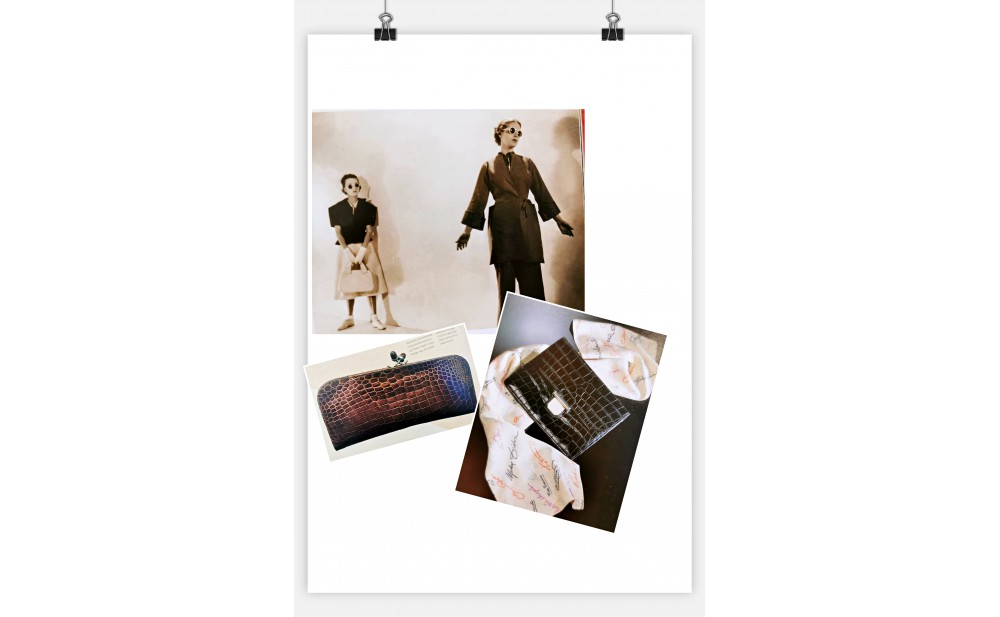HISTORY OF VINTAGE HANDBAG The Birth of the Animal Skins Handbag in 1920s

HISTORY OF VINTAGE HANDBAG
The Birth of the Animal Skins Handbag in 1920s
Skin such as snake, ostrich, crocodile and alligator skin are known as “exotics” in the handbag trade. Now usually associated with the luxury goods market, during the 1920s, 1930s and 1940s, they were hugely popular and widely used by the mass-market bag manufacturers such as the French designer Gemaine Guerin.
This fashion was driven partly by supply: leather had become a rarity during the First World war, so designers had to turn to other sources, and reptile skins were readily available.
All types of handbags were made from skins, including large, practical, box-shaped bags with double handles and solid brass fittings, and the envelope clutch, which was now squarer in shape with a flap that covered the whole of the front.
Taxidermy was often included: gruesome little alligator clawed paws and even the animal’s features, such as the tail or the head, were often incorporated in the bag as decorative features.
The size and texture of the scales depended on which part of the animal they had come from, the osteoderms (back scales) providing the largest scales. Python skin is identifiable by a characteristic two-one patterning, which was usually left in its natural state. Other species of snakeskin were identifiable by the dense pattern of tiny scales.
